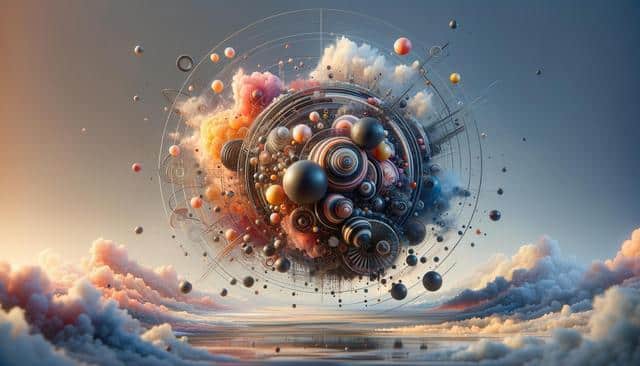Introduction to Digital Art: Tools and Techniques for Beginners
Digital art is an exciting and accessible medium for beginners looking to explore their creative potential.

Understanding Digital Art
Digital art is a form of artistic expression that utilizes digital technology as a part of the creative or presentation process. While traditional art forms such as painting and drawing have been around for centuries, digital art is a relatively new phenomenon that has been gaining popularity. The allure of digital art lies in its versatility and the wide range of tools available. Whether you are interested in creating hyper-realistic portraits or abstract designs, digital art offers endless possibilities. For beginners, understanding the basics of digital art is essential. This includes familiarizing oneself with the different types of digital art, such as digital painting, vector art, and 3D modeling. Each type offers unique techniques and outcomes, making it important to explore and experiment to find what resonates with your style.
Essential Tools for Digital Art
To embark on your digital art journey, you will need a few essential tools. One of the most important tools is a digital device, such as a tablet or computer, equipped with a stylus for drawing. Tablets are particularly popular among digital artists for their portability and ease of use. In addition to hardware, software plays a crucial role in digital art creation. There are numerous art programs available, ranging from free to paid options. Some highly rated programs offer intuitive interfaces and a wide range of features that cater to both beginners and professionals alike. When selecting software, consider aspects like brush variety, layer management, and ease of use. Many programs offer free trials, allowing you to test them out before committing. Additionally, investing in a quality stylus can significantly enhance your drawing experience by providing greater precision and control.
Techniques to Get Started
Once you have your tools ready, it’s time to dive into the techniques that will help you create digital art. Beginners should start by mastering basic skills such as line drawing, shading, and color theory. Understanding these foundational elements will enable you to create compelling and visually appealing artwork. Experimenting with different brushes and techniques is also critical. Many digital art programs offer a variety of brushes that mimic traditional media, such as oils, watercolors, and pencils. By testing different brushes, you can discover which ones suit your style and the effects you want to achieve. Additionally, learning how to work with layers is a key skill in digital art, as it allows you to separate different elements of your artwork, making it easier to edit and refine your work.
Exploring Styles and Inspirations
Digital art is a vast field with numerous styles to explore. As a beginner, it’s beneficial to experiment with different styles to find your unique artistic voice. Some popular styles in digital art include realism, abstract, and cartooning. Each style has its own set of techniques and challenges, offering a rich landscape for exploration. Finding inspiration is another essential aspect of developing your digital art skills. Inspiration can come from various sources, such as nature, other artists, or everyday life. Engaging with the digital art community, whether through social media or forums, can provide motivation and feedback from fellow artists. Collaborating with others or participating in art challenges can also be an excellent way to push your creative boundaries and grow as an artist.
Conclusion: The Journey Ahead
Embarking on the journey of digital art can be both exciting and rewarding. For beginners, the key is to remain curious and open to learning. Digital art offers a flexible platform where you can experiment and evolve without the constraints of traditional media. As you gain confidence in your skills, you will find your personal style and voice. The digital art community is rich with resources and support, making it an ideal environment for growth and exploration. Whether you pursue digital art as a hobby or a professional career, the skills you develop will serve you well in various creative endeavors. Remember, the journey of digital art is an ongoing process of discovery and innovation, so enjoy the creative ride!